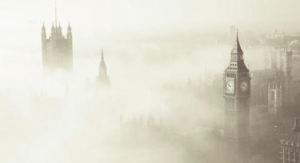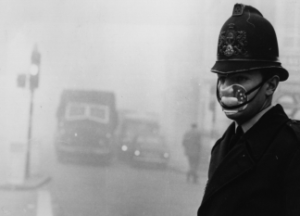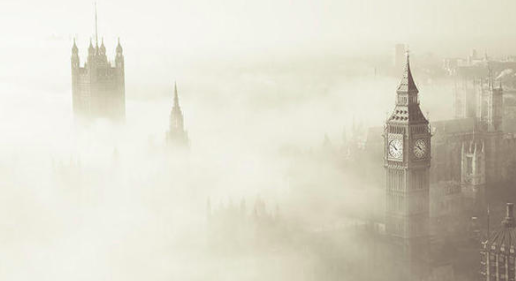Teresa Margolles’ Vaporisation made me think about the Netflix show The Crown, and one episode in particular- The Great Smog.

In December 1952 a thick, polluted fog fell over London that rapidly diminished visibility throughout the city. A mixture of windless weather and frigid temperatures, which in turn increased the amount of coal being burned, caused this smog to practically shut down all major business. The city was at a standstill. Police lined the streets attempting to direct what little traf
fic remained, and despite the decline in activity, 4,000 people died during the severe weather’s stay. Many more became sick from the polluted air, and it continued to affect others even after the smog lifted.

On December 9th, 4 days after the city fell under smoke, the air dispersed and life went back to normal. However, this disaster did not pass without change. The Clean Air Act of 1956 was a direct result of the smog and put restrictions on coal use in London. However, had it not been for the large-scale death and disruption, perhaps no changes would’ve been made. Even as the streets became filled with smog, Prime Minister Churchill dismissed the event as a simple weather mishap, not taking matters seriously until it was too late. It makes me think of our current environmental situation In the United States, with a coal industry now backed by our President, and begs the question, is public disaster necessary to evoke change?

The reluctance to acknowledge the impact we have on our environment desperately needs to change. Ignorance is not bliss in this case, and our actions will soon catch up with us. The Great Smog happened overnight and without warning, debilitating one of the worlds leading cities in minutes, directly resulting from the human action, and severe weather will continue to plague our nation and our world if we don’t change what we’re doing now.

